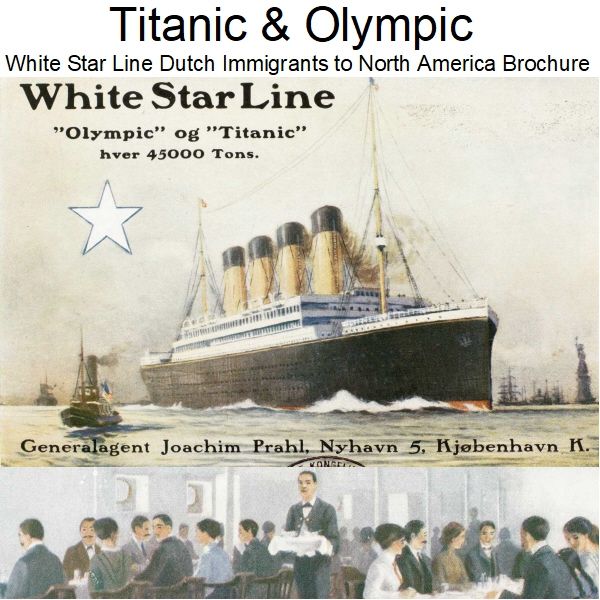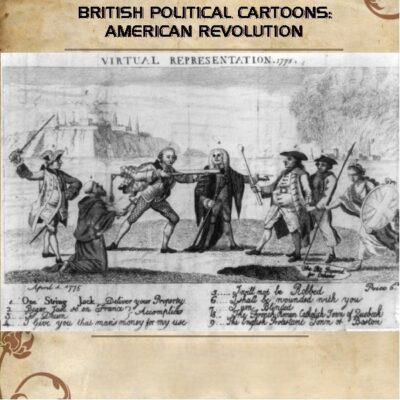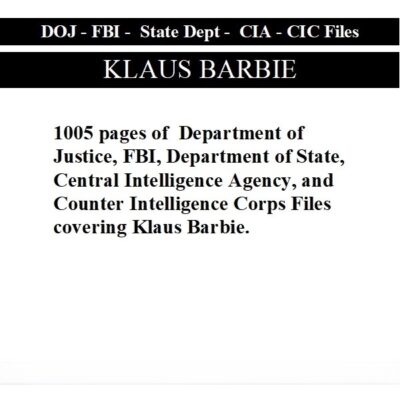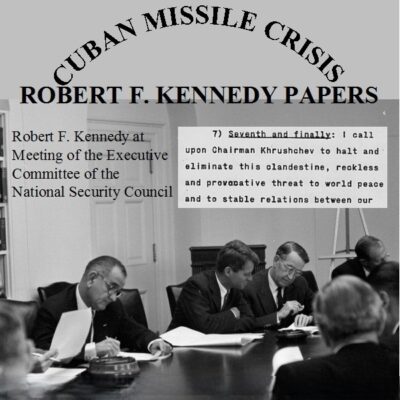
Titanic & Olympic White Star Line Danish Immigrants to North America Brochure
$1.90
Description
Titanic and Olympic: Immigrant Passage Brochure
- Late 1911 or Early 1912: The White Star Line produces a 35-page brochure in Danish, targeting Danish immigrants intending to settle in North America. This brochure encourages them to travel on the White Star Line’s “great Atlantic steamers,” the Titanic or the Olympic. The brochure emphasizes improvements in third-class travel, highlighting private cabins over open sleeping places.
- 1911: The RMS Olympic enters service.
- April 15, 1912: The RMS Titanic collides with an iceberg on her maiden voyage.
- 1935: The RMS Olympic is sold for scrap metal.
- 1937: The RMS Olympic is destroyed (scrapped).
Cast of Characters
- White Star Line: A prominent shipping company that operated transatlantic steamers. They produced the Danish-language brochure to attract immigrants to North America on their ships, the Titanic and the Olympic. They are presented as pioneers in Atlantic shipping, especially known for carrying the largest number of third-class passengers from Liverpool and for making significant improvements to third-class accommodations.
- Danish Immigrants: The primary target audience for the White Star Line’s brochure. These individuals are described as “young men” from the “working class,” often craftsmen or those trained in agriculture or horticulture, seeking better opportunities in America. The brochure suggests America is a “near-inexhaustible labor market” for diligent individuals.
Titanic & Olympic White Star Line Danish Immigrants to North America Brochure
58 pages, 35 pages of the brochure, plus 23 pages of rough English translations
In late 1911 or early 1912 the White Star Line produced a 35-page brochure for Danish immigrants intending on settling in North America, encouraging them to travel there on one of its great Atlantic steamers, the Titanic or the Olympic.
The RMS Olympic was in service from 1911 to 1935. In 1935, it was sold for scrap metal and destroyed in 1937. The Titanic collided with an iceberg on her maiden voyage on April 15, 1912.
The brochure, printed in Danish, begins by saying, “EVERYONE will be able to understand that America, often despite the fact that this country is a near-inexhaustible labor market, is not a country to which Knights of Fortune should travel. On the other hand, any young man with the upbringing which the youth of the working class now receives in this country, and who is either a craftsman or trained in agriculture or horticulture, can only in America get the greatest benefit from energetic diligence.”
Since immigrants would mostly be third class passengers the brochure makes certain to highlight improvements to third class travel made by the White Star Line. The brochure states, “However significant changes for the better have been made with regard to the 1st and 2nd class, these are, however, quite significantly surpassed by the changes which have been made in recent years in the 3rd class. The democratic age in which we live demands that the Steamship Companies strive to the utmost to provide the best of the best to the 3rd Class Passengers, and it is also well known that the White Star Line, right from its formation with a view to bring improvements has been the Pioneer in Atlantic shipping, with the result that WHITE STAR LINE in recent years has carried the largest number of 3rd class passengers from Liverpool. Previously, the conveniences of the 3rd class consisted exclusively of the so-called open sleeping places, whereas they now consist of good airy cabins for 2, 4 or 6 Persons respectively, provided with everything required for a comfortably equipped Cabin.”
The brochure includes illustrations of amenities found on the Titanic and the Olympic for second- and third-class passengers, including dining rooms, libraries, cabins, and decks. Includes information about obtaining tickets for White Star Line passages. Includes the menus for the morning, midday, and evening meals offered on each of the seven days of the voyage across the Atlantic.
The glossary at the end of the brochure includes words and expressions provided, in Danish and English, including exchanges such as: “Have you work for me?” “I don’t know, what can you do?” “I am used to digging and farming; I can plough, take care of horses, and can drive both a team and a double team.”



